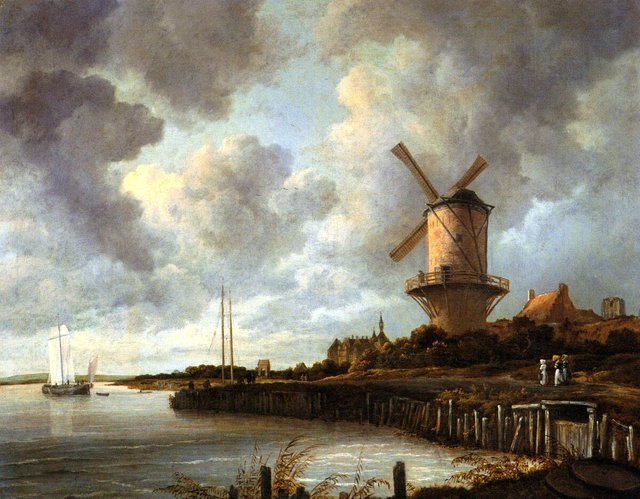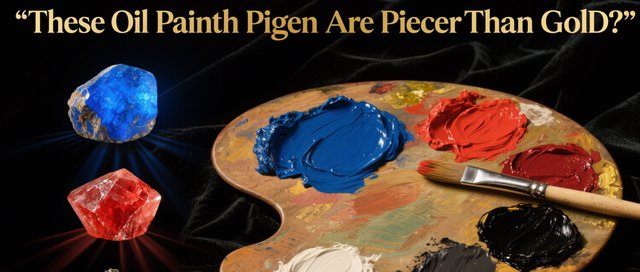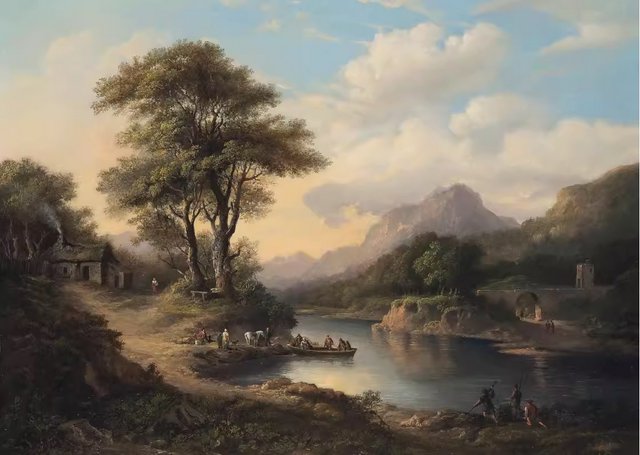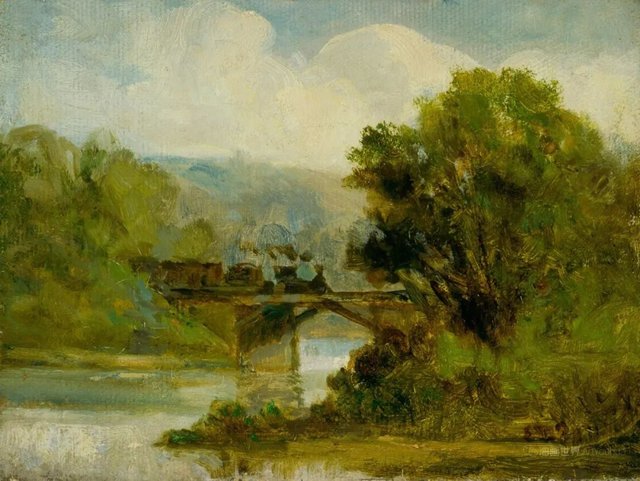Why Do Oil Paintings Last So Long? 7 Expert Secrets Revealed
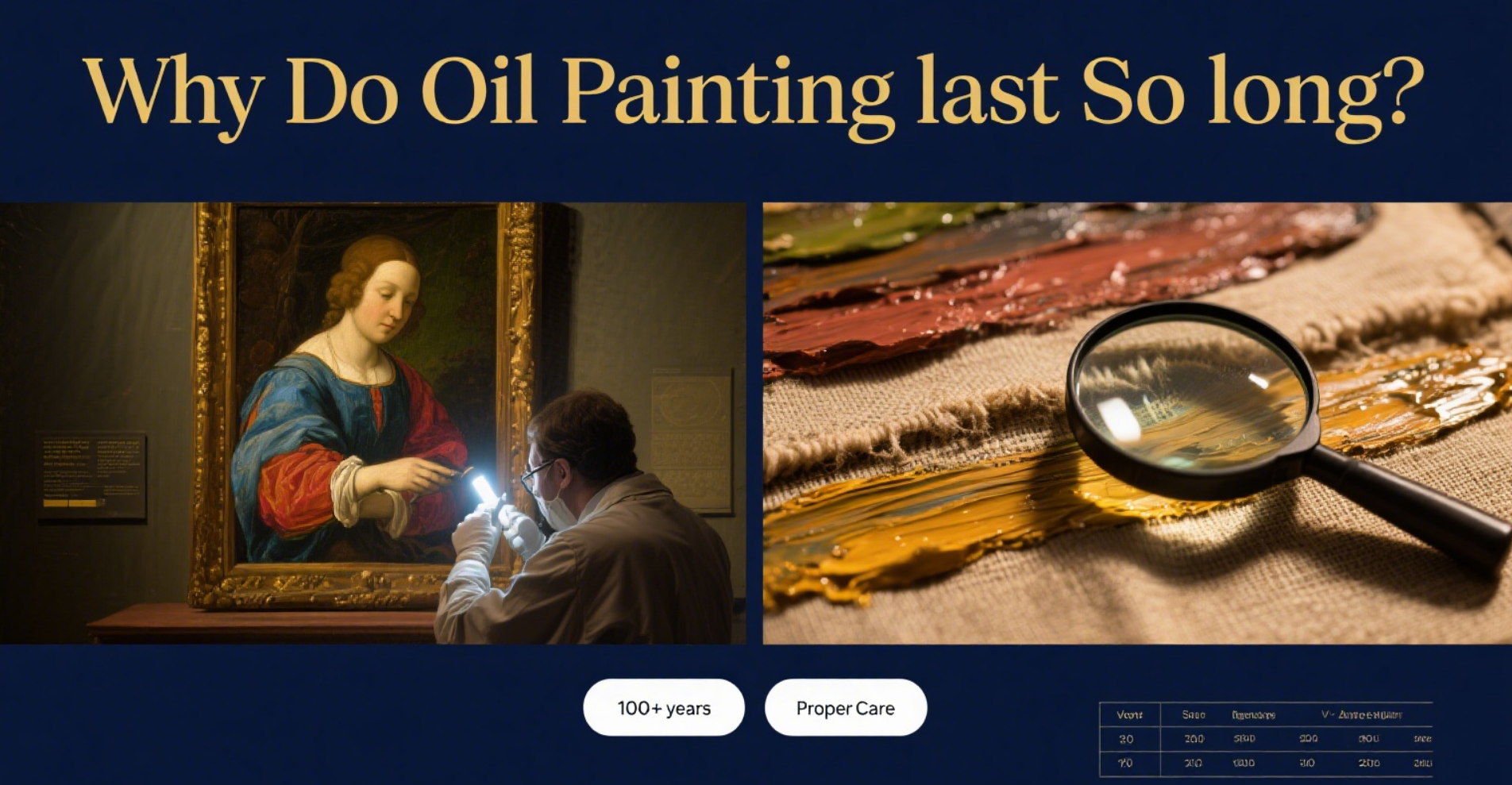
Walk into a museum, and you’ll see oil paintings from 500 years ago still glowing with color. How do these works outlive books, furniture, and even buildings? At theArtPaint, we’ve studied the science behind their endurance. Here are the key reasons oil paintings stand the test of time—and how to make yours last just as long.
1. The Magic of Drying Oils
Oil paints get their staying power from their base: drying oils like linseed, walnut, or poppy oil. Unlike water-based paints that evaporate, these oils oxidize—they react with air to form a tough, flexible film. This film locks pigments in place, creating a barrier against moisture and dust.
Linseed oil, a favorite for centuries, dries into a particularly strong layer. It’s why Renaissance masters like da Vinci relied on it. Even today, top Artists choose these oils for their ability to bind pigments without cracking over time.
2. Pigments That Defy Fading
Not all colorants are equal. Oil paintings use pigments—natural or synthetic—that resist light and time. Inorganic pigments (like ochre, umber, or cadmium) are rock-derived and incredibly stable. A 17th-century landscape with brown earth tones? Those pigments are likely as vibrant as the day they were painted.
Organic pigments (from plants or bugs) can fade faster, but artists learned to mix them with stable binders. Modern labs have also created synthetic versions (like phthalo blue) that last even longer. This careful selection keeps colors bright for generations.
3. Canvas: The Strong Foundation
A painting is only as durable as its canvas. Traditional oil paintings use linen canvas, woven from flax fibers. Linen is strong, resists stretching, and breathes—letting moisture escape to prevent mold. Cotton canvas, while cheaper, is less durable but still lasts decades with care.
Artists also prime canvases with gesso, a mixture of chalk and glue. This layer seals the fabric, prevents oil from seeping through, and creates a smooth surface for paint. A well-primed canvas acts like armor, protecting the artwork from within.
4. Slow Drying = Stronger Layers
Oil paints dry slowly—sometimes taking weeks to fully cure. This gives artists time to blend colors and fix mistakes, but it also strengthens the painting. Slow drying allows the oil film to form evenly, reducing cracks that come from rapid shrinking.
Compare this to acrylics, which dry in hours and can crack as they harden. Oil’s patience pays off: its layers bond tightly, creating a unified, resilient surface.
5. How Artists’ Techniques Boost Longevity
Master artists don’t just paint—they engineer durability. They apply “fat over lean”: thinned paint (lean) first, then thicker, oil-rich layers (fat). This prevents the top layers from drying faster than the bottom, which causes cracking.
They also avoid thick globs of paint in one area, which can sag over time. By building layers gradually, they ensure the painting stays balanced and stable.
6. Preservation: Environment Matters Most
Even the best Oil painting needs proper care. Light, humidity, and temperature are its biggest enemies. Direct sunlight fades organic pigments; high humidity breeds mold; extreme heat dries out the canvas.
Museums solve this by keeping rooms at 18–22°C (64–72°F) with 40–60% humidity. They use UV-filtering glass and rotate displays to limit light exposure. At home, follow these rules, and your oil painting could last 100+ years.
7. Modern Advances in Preservation
Today’s artists and conservators use science to extend oil paintings’ lives. UV-protective varnishes shield colors from light damage. Synthetic resins mixed with oils add flexibility, reducing cracking.
Conservators also use X-rays and microscopes to detect hidden damage early, fixing issues before they worsen. These tools let us preserve even the oldest masterpieces.
How to Make Your Oil Painting Last
Want your oil art to survive for generations? Follow these steps:
Hang wisely: Avoid direct sunlight, kitchens (grease), and bathrooms (moisture).
Control humidity: Use a dehumidifier in damp rooms; aim for 40–60%.
Clean gently: Dust with a soft brush. Never use water or chemicals.
Frame properly: Use acid-free mats and UV-filter glass to block harmful rays.
Check this table to see how different factors affect longevity:
| Factor | Good for Longevity | Bad for Longevity |
|---|---|---|
| Light | Indirect, low-wattage | Direct sunlight, bright LEDs |
| Humidity | 40–60% | Below 30% or above 70% |
| Temperature | 18–22°C (64–72°F) | Over 25°C (77°F) or below 10°C |
| Cleaning | Soft brush, dry cloth | Water, window cleaner, alcohol |
Oil paintings aren’t just art—they’re time capsules. Their longevity comes from clever materials, skilled techniques, and careful preservation. At theArtPaint, we craft each piece with these secrets in mind, ensuring your custom oil painting becomes a family heirloom.
Ready to own a work that will outlive you? Explore our collection of hand-painted oil art, made to last for centuries.

